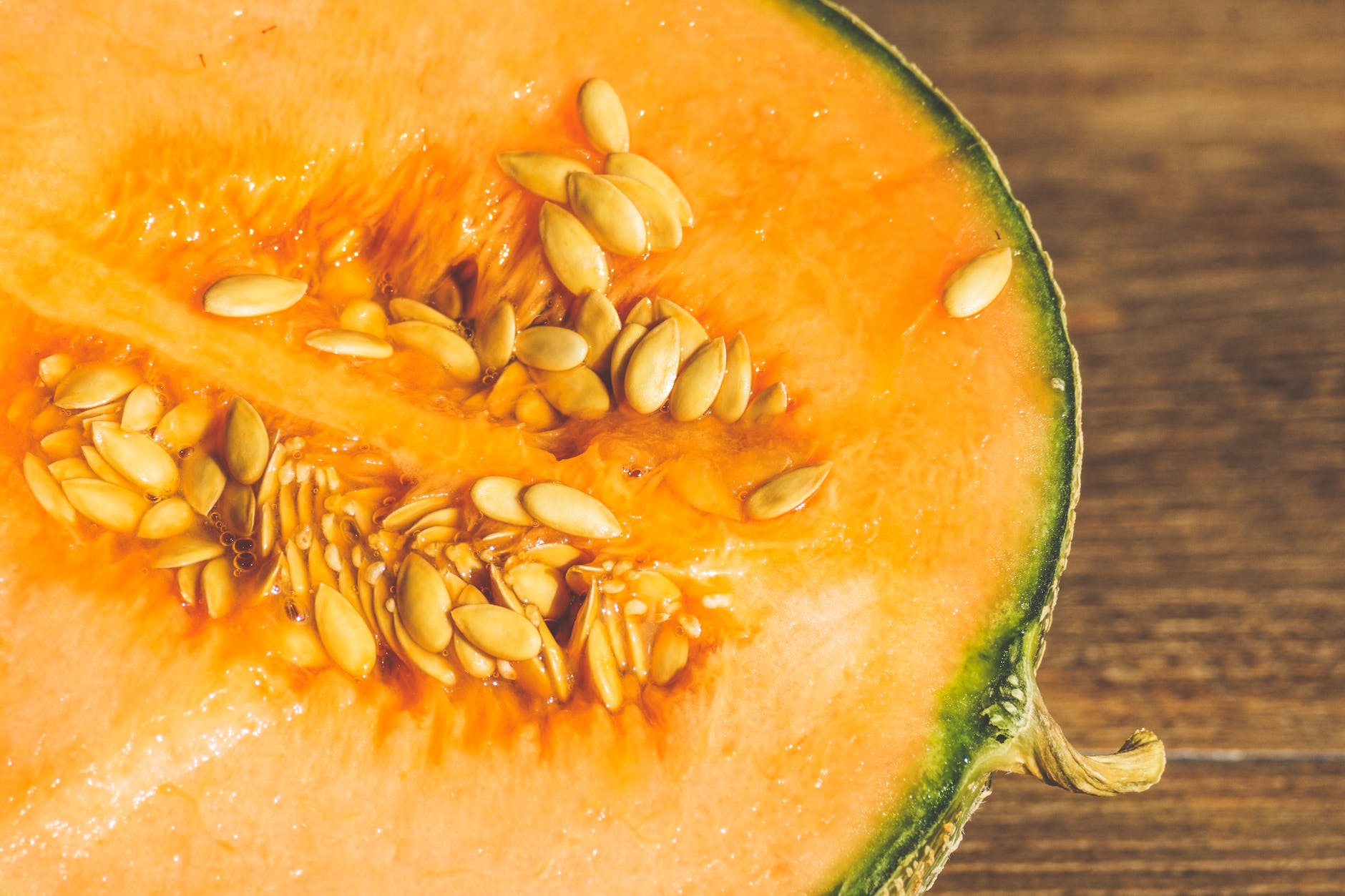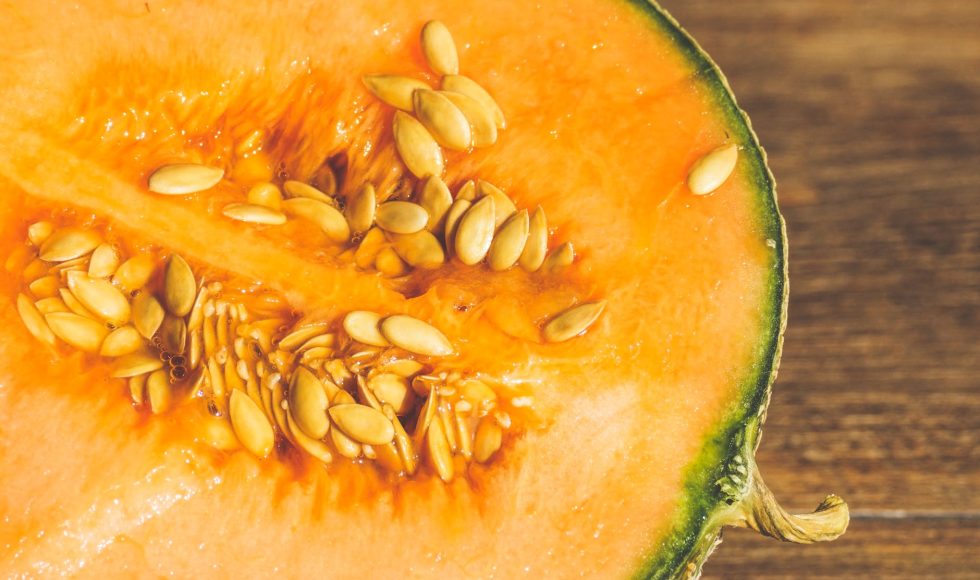Javier Belinchon-Moreno from INRAE-EPGV in France spoke at London Calling 2023 about “Exploring the genetic and functional diversity of the NLRome/resistome in melon using nanopore adaptive sampling.” They started by describing how Nanopore adaptive sampling works and its adaptability to a variety of uses. Belinchon-Moreno and team used Nanopore adaptive sampling (NAS) to “decipher the genetic and functional diversity of the NLRome in melon.” There are ~150 varieties and thus selective sequencing is needed. The goal is to use this information for genetic association studies. The NLR genes are a family of resistance genes with conserved structures and important roles in plant resistance. The team used Oxford Nanopore Sequencing to produce the Anso77 draft genome which was then used as a reference. The melon genome is ~380 Mb and the team was interested in ~6.1 Mb. To test the protocol, the team decided to use a GridION with half of the flow cells using NAS and the other standard sequencing. I wonder how they did that?! After the first run, PromethION flow cells were used along with NAS. Clusters of target genes were visually enriched based on graphs that were shown. The enrichment is very variable between clusters/regions but still powerful. Similar results were obtained with different varieties. NLR clusters were enriched, and using seven varieties with the tool Minigraph-Cactus a pangenome was developed. In the future, the team plans to construct a pangenome and use barcoding and PromethION flow cells. Belinchon-Moreno concluded tha tNAP is “simple, reliable, and efficient” and there was no need for polishing with kit v14. I would like to know more about their flow cells “segmentation” and use of Minigraph-Cactus and why the team concluded that polishing was not necessary for this application.



